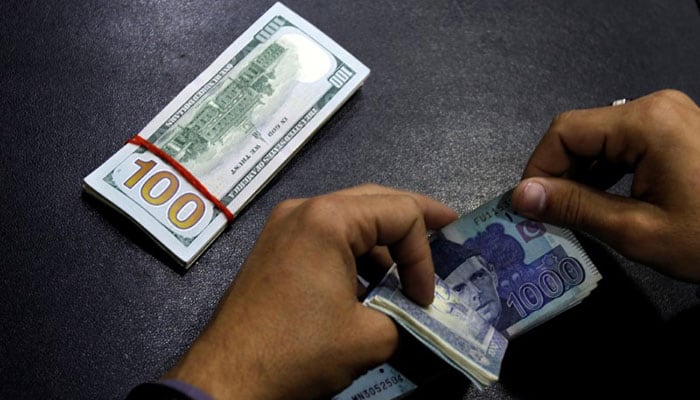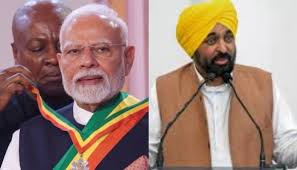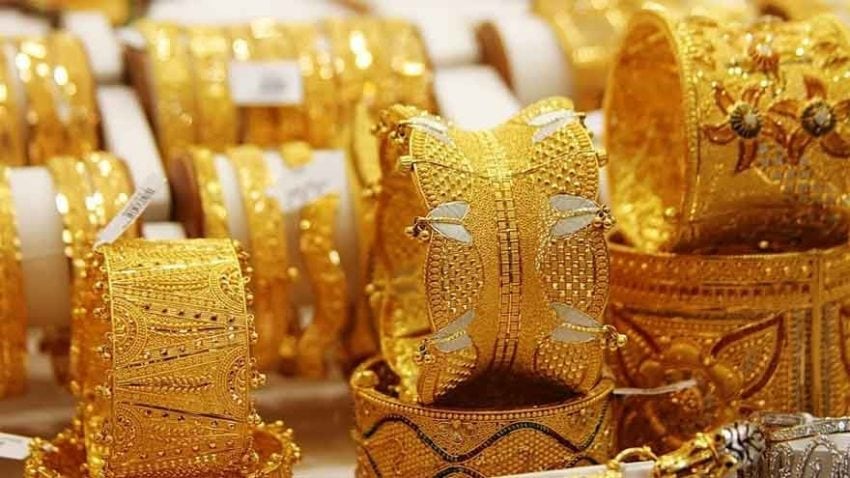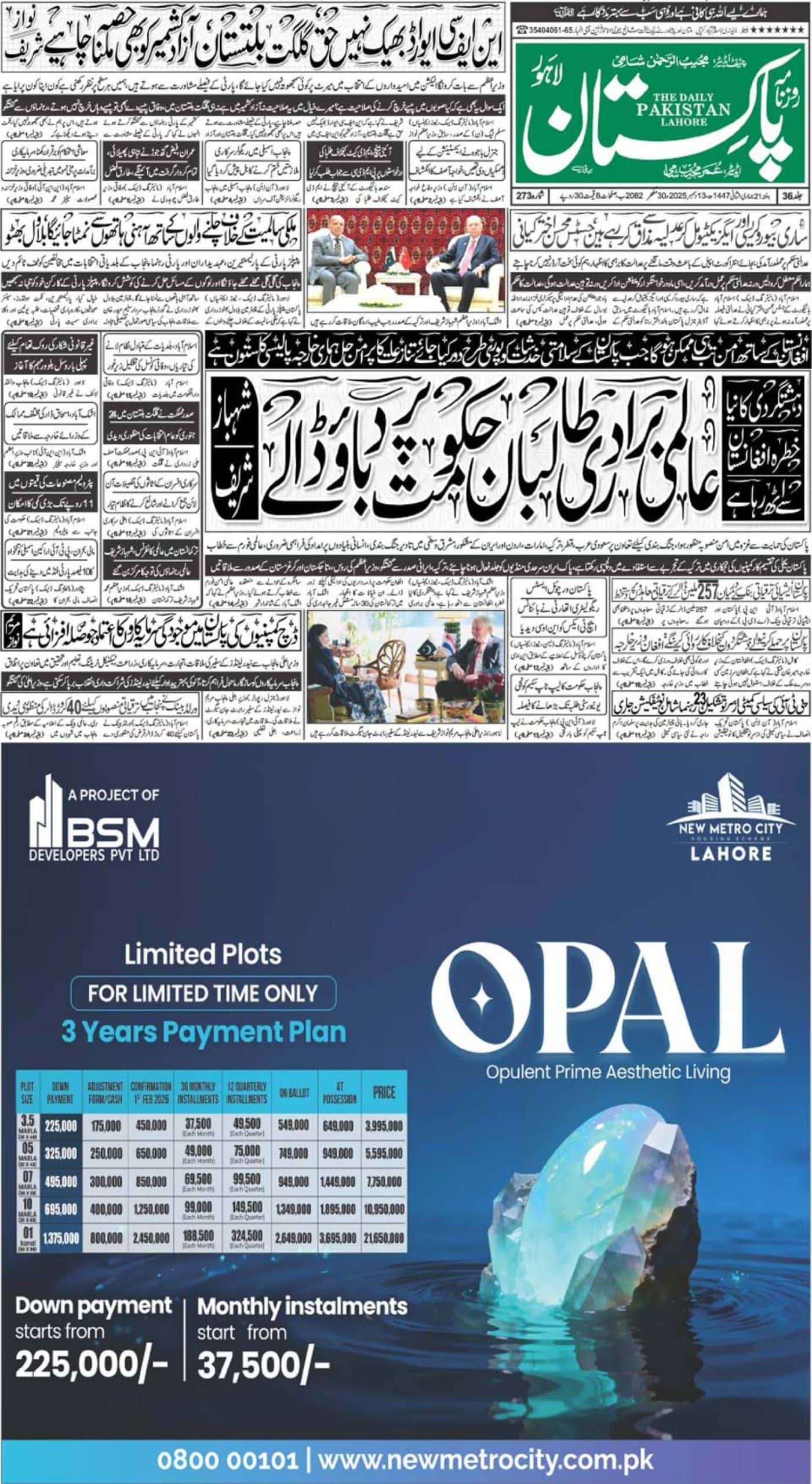Continuing the simplified explanation for Current Account Deficit last week, we figured that Pakistan needs to borrow about USD 12 billion to have sufficient Foreign Exchange Reserves to meet imports and debt servicing requirements for the next 6 months.
The question now is, from where can Pakistan borrow this amount? Who will lend to us, and why? Here is a quick summary of the availability of various financing sources, and how much can we expect from each.
International Monetary Fund (IMF)
IMF is considered to be a lender of last resort, for countries going through a ‘Balance of Payments’ crisis. It lends funds through an ‘Extended Fund Facility’ at concessional rates, which often makes it the cheapest source of borrowing.
However, IMF imposes its own set of ‘structural reforms’, which are designed to ensure that a country does not knock on IMF’s door again. Such reforms are not always implemented, and countries often make it a habit of borrowing from the IMF every few years.
The cost of borrowing from IMF is around 2 percent. The reforms that are often suggested by IMF include the elimination of subsidies, expanding tax net, reforming public sector enterprises, and so on — all reasonable, but non-popular decisions. As successive governments keep avoiding taking difficult decisions, the country keeps falling into the trap, time and again.
China
China is our all-weather friend, and considering how a significant portion of our Current Account Deficit can be traced to China, it makes financial sense for the Chinese to keep lending to Pakistan.
Chinese debt is fairly expensive, interest rates of which are often not disclosed. It is estimated that the cost of Chinese Borrowing is around *LIBOR+2.5%, or in this range. There are no reforms or strings attached with these loans. The last government relied heavily on these expensive Chinese loans to bridge the deficit. Since there are no strings attached (none explicit enough), it is easy to get addicted to such debt. What will happen when the music stops, is anyone’s guess.
International Capital Markets
Pakistan can also borrow through Eurobonds and Sukuks in International Capital Markets. This is the most expensive kind of debt, with current average borrowing cost around 6.7 percent.
However, as the risk associated with a country increases, the cost also increases. The credit rating of Pakistan is B3 negative, which is basically in ‘junk’ category – hence, investors demand a higher interest rate, to compensate for the increased risk of lending to Pakistan. The yield (or market determined interest rate) for Eurobonds issued by Pakistan is around 6.875 percent as of November 2017.
Friendly Islamic Countries
Saudi Arabia and the United Arab Emirates have often provided funding to Pakistan in times of crisis. Funding can be through either direct loans, or through deferred oil payments, among other instruments. Details of such financing are often shrouded in secrecy, and it is expected that going forward, the incumbent government may be more transparent in this regard.
There is chatter regarding funding being arranged through Saudi Arabia, but in an era of fake news, nothing can be said with certainty till it materializes. The financing provided is often with no strings attached, no explicit strings to be precise.
Diaspora Bonds
These are bonds where a country borrows from its expatriate population. A number of countries have been successful in raising capital through them. Successive governments in Pakistan have tried to issue these, but have failed. The incumbent government has leveraged its popularity with expatriate population and was confident that funding would flow once they assume charge. The same has not materialized yet.
There are multiple reasons for failure of Diaspora Bonds, such as lack of interest from expatriates (why would they buy a bond when they can buy a plot in DHA, Bahria Town, etc.), lack of distribution network, and more importantly lack of critical mass of Pakistani expatriates who are motivated enough to invest.
Furthermore, a critical mass of expatriates who have sufficient capital to lend to Pakistan isn’t there either. It remains to be seen whether the new government will be able to tap into the wealth of overseas Pakistanis.
So what do we do now
It is imperative that a decision is taken quickly, rather than deferring it till its too late. Going to the IMF is a bitter pill that needs to be swallowed, and we may expect something in the range of USD 9 billion from IMF. Following that, another USD 2 billion from the Chinese, and about another USD 2 billion from Friendly Islamic Countries can provide some semblance of stability.
It still remains to be seen what the new government will do to bridge the deficit. Most likely it will be a mix of all options above — and hopefully, it will embark on a reforms program and stick to it, rather than appeasing to populist notions.














